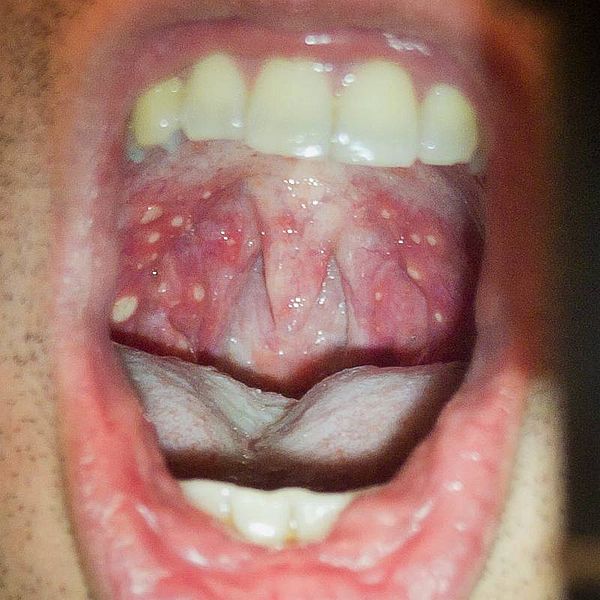The Centers for Disease Control and Prevention (CDC) update their travel notice for Japan after the World Health Organization (WHO) updated the hand, foot and mouth disease (HFMD) case count to 264,541 cases through Aug. 19, 2015.

Image/shawn c
The most frequently identified viruses were Coxsackie virus A16 and A6.
While cases have steadily increased since mid-March, health officials say the cases have been in decline during the past several weeks.
HFMD is typically a benign and self-limiting disease. Most common in young children, it presents as fever, oral lesions and rash on the hands, feet and buttocks. The oral lesions consist of rapidly-ulcerating vesicles on the buccal mucosa, tongue, palate and gums. The rash consists of papulovesicular lesions on the palms, fingers and soles, which generally persist for seven to 10 days, and maculopapular lesions on the buttocks.
Hand, foot, and mouth disease is caused by viruses that belong to the Enterovirus genus (group). This group of viruses includes polioviruses, coxsackieviruses, echoviruses, and enteroviruses.
The CDC recommends that travelers to Japan follow recommendations for hygiene and cleanliness to avoid HFMD such as handwashing, not touching your eyes, nose, or mouth and disinfecting dirty surfaces and soiled item.
Robert Herriman is a microbiologist and the Editor-in-Chief of Outbreak News Today and the Executive Editor of The Global Dispatch
Follow @bactiman63
Related:


2 thoughts on “Japan hand, foot and mouth disease outbreak prompts CDC travel advisory”